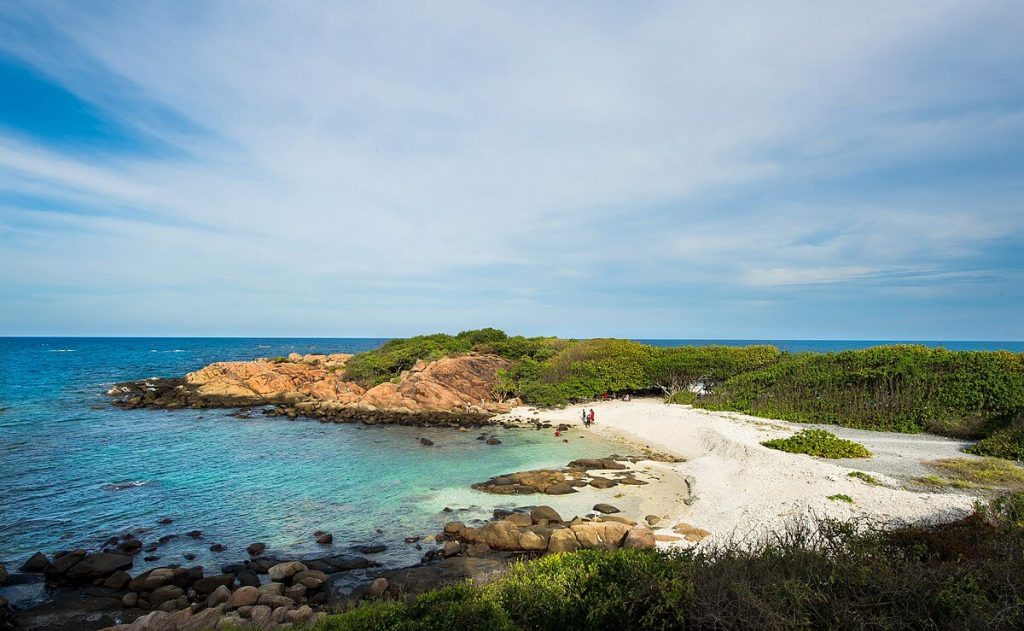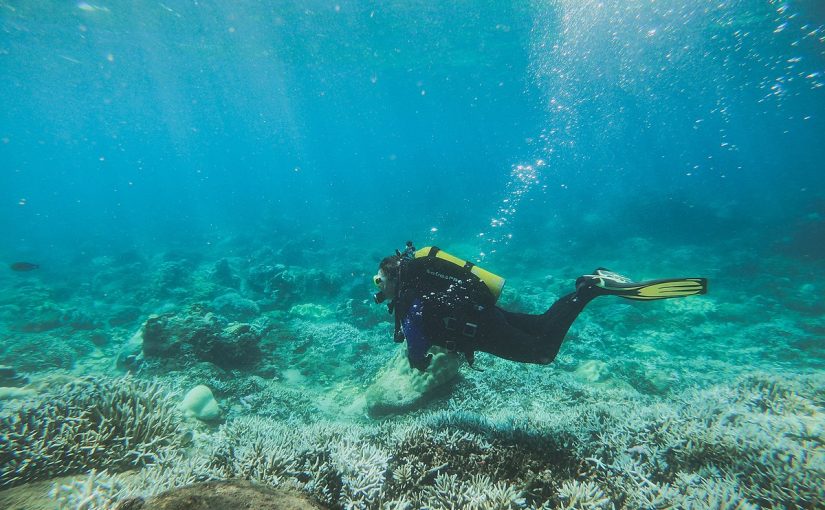Renowned for its unique blend of pristine beaches, crystal-clear waters, and vibrant coral reefs, Pigeon Island has evolved into a must-visit destination for nature enthusiasts and history buffs alike. This idyllic islet, officially designated as a national park, beckons visitors with its lush landscapes, diverse marine life, and a rich colonial past that echoes through the remnants of a 17th-century Dutch fort.
Where exactly is the Island?

Pigeon Island National Park has emerged as a recent addition to Sri Lanka’s expanding conservation areas, encompassing not only the small Pigeon Island located just a kilometre off the coast near Trincomalee but also a significant expanse of the surrounding coral reef and sea. Despite the unfortunate impact of the 2004 tsunami on much of its coral, the park boasts some of the best-preserved coral reefs in Sri Lanka, and is conveniently accessible in many ways.
Getting to the Island
Pigeon Island is readily visible from the northern coast of Trincomalee, its petite expanse measuring around 200 meters, yet situated just 1 kilometer off Nilaveli Beach. Access to the island is exclusively facilitated through organized boat tours originating from either Nilaveli Beach or Uppuveli Beach. The process is effortlessly managed, with numerous snorkelling and diving establishments lining the beachfront, offering tours and equipment rentals.
The Best Time to visit
Optimal conditions for snorkelling and diving adventures at Pigeon Island prevail from April to October, aligning with the dry season in northern Sri Lanka. During this period, you can anticipate clearer skies and more tranquil, transparent waters. While water clarity may vary throughout the season, choosing a mid-season timeframe enhances the likelihood of encountering the best conditions for clear water exploration. Consider visiting resources like Truly Sri Lanka for a better idea of the weather and optimal visit times.
Snorkelling or Diving?
While one might instinctively assume that Pigeon Island is better suited for diving, experienced visitors and instructors insist that opting for snorkelling is the more rewarding choice. The shallow reef on the south side of the island offers an ideal environment for snorkelling, providing easy sightings of reef sharks, turtles, and abundant fish, a great adventure in Sri Lanka to seek out and experience for yourself.
